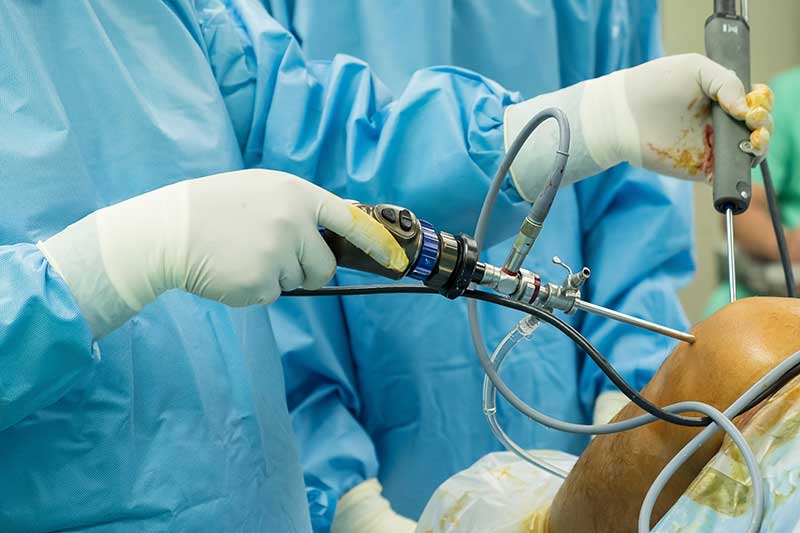The ailment Peyronie’s disease affects the penis, causing it to curve or bend during an erection. This can cause discomfort and pain during sexual intercourse, as well as emotional distress. High blood pressure is a common condition that can contribute to the development of Peyronie’s disease. Here are some treatment and guidance options for those who are dealing with Peyronie’s disease and high blood pressure.
Treatment Options for Peyronie’s Disease
- Medications: Medications such as pentoxifylline, verapamil, and interferon have been used to treat Peyronie’s disease. These medications can help to reduce the size of the plaque that causes the curvature of the penis. Nevertheless, they are not always successful.
- Extracorporeal Shockwave Therapy (ESWT): Extracorporeal shockwave therapy for Peyronie’s disease involves the use of shockwaves to break up the plaque that causes Peyronie’s disease. This treatment is non-invasive and has shown promising results in reducing the curvature of the penis.
- Surgery: In severe cases of Peyronie’s disease, surgery may be necessary to correct the curvature of the penis. Surgery can involve the removal of the plaque or the insertion of a penile prosthesis.
- Penis Stretching Devices: Penis stretching devices are designed to help straighten the penis by applying gentle pressure. These devices are typically worn for several hours a day and can help to reduce the curvature of the penis over time.
Guidance for Dealing with Peyronie’s Disease
- Talk to Your Doctor: If you suspect that you have Peyronie’s disease, it is important to talk to your doctor. Your doctor can diagnose the condition and recommend appropriate treatment options.
- Seek Emotional Support: Peyronie’s disease can be emotionally distressing, especially if it affects your ability to engage in sexual activity. Seeking emotional support from a therapist or support group can help you cope with the emotional impact of the condition.
- Be Patient: Treatment for Peyronie’s disease can take time, and it may take several weeks or months to see improvement. It’s critical to exercise patience and heed your doctor’s advice.
- Maintain a Healthy Lifestyle: Maintaining a healthy lifestyle can help to reduce the risk of developing Peyronie’s disease and can also help to improve the effectiveness of treatment. This includes maintaining a healthy diet, getting regular exercise, and avoiding tobacco and excessive alcohol consumption.
- Experiment with Different Sexual Positions: Peyronie’s disease can make certain sexual positions uncomfortable or painful. Experimenting with different sexual positions can help to find positions that are comfortable and enjoyable.
Treatment Options for High Blood Pressure
- Lifestyle Changes: Lifestyle changes can help to lower blood pressure and reduce the risk of developing complications. This includes maintaining a healthy diet, getting regular exercise, maintaining a healthy weight, and avoiding tobacco and excessive alcohol consumption.
- Medications: Medications such as diuretics, ACE inhibitors, and calcium channel blockers can help to lower blood pressure. These medications may need to be taken on a long-term basis to maintain blood pressure control.
- Surgery: In some cases, surgery may be necessary to treat high blood pressure. This can involve procedures such as renal denervation or implantation of a device to regulate blood pressure.
Guidance for Dealing with High Blood Pressure
- Monitor Blood Pressure: Monitoring your blood pressure regularly can help to identify changes and ensure that your blood pressure is under control. Your doctor can recommend an appropriate monitoring schedule.
- Follow Your Doctor’s Recommendations: Your doctor may recommend lifestyle changes, medication, or other treatments to help control your blood pressure. It is important to follow these recommendations closely to ensure that your blood pressure is well-controlled.
- Manage Stress: Stress can contribute to high blood pressure, so it is important to manage stress levels. This can involve practices such as meditation, yoga, deep breathing exercises, or other stress-reducing techniques.
- Monitor Sodium Intake: Reducing sodium intake can help to lower blood pressure. It’s critical to check food labels and stay away from processed foods with a lot of sodium.
- Maintain a Healthy Weight: Being overweight or obese can contribute to high blood pressure. Maintaining a healthy weight through diet and exercise can help to reduce blood pressure and improve overall health.
- Take Medications as Prescribed: If your doctor has prescribed medication to help lower your blood pressure, it is important to take it as prescribed. Skipping doses or stopping medication without consulting your doctor can have serious consequences.
- Avoid Alcohol and Tobacco: Alcohol and tobacco use can contribute to high blood pressure and increase the risk of complications. Limiting or avoiding these substances can help to reduce blood pressure and improve overall health.
So, Peyronie’s disease and high blood pressure can both be challenging conditions to manage, but with proper treatment and guidance, it is possible to improve symptoms and overall health. It is important to talk to your doctor about appropriate treatment options and to make lifestyle changes to support your health. Remember to be patient and persistent in your efforts to manage these conditions, and seek emotional support as needed.
In the case of Peyronie’s disease, Shockwave Clinics Ltd is the master in treating men with PD by using highly advanced technologies such as shockwave therapy, EMTT therapy, Functional Magnetic Stimulation (Tesla Chair), E-Shot and other therapies.
- Peyronie’s Disease & High Blood Pressure – Treatment and Guidance - March 25, 2023
- Chandigarh: 3 held for selling illegal weapons | Smugglers Busted - January 7, 2022
- PGI Suspends Walk-in OPDs From Jan 10 - January 7, 2022




